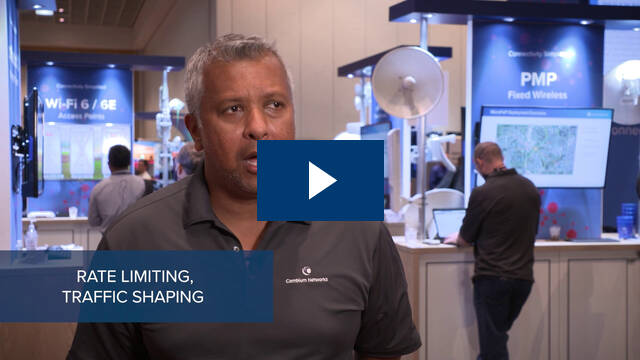Cut Costs. Reduce Support Calls. Keep Customers Happy.
Cambium Networks’ QoE solution helps broadband service providers lower operational costs by reducing support calls and improving overall network efficiency. By delivering a smoother, more consistent user experience, providers can boost customer satisfaction, reduce churn, and offer tailored service levels that make the most of their existing network resources.



















